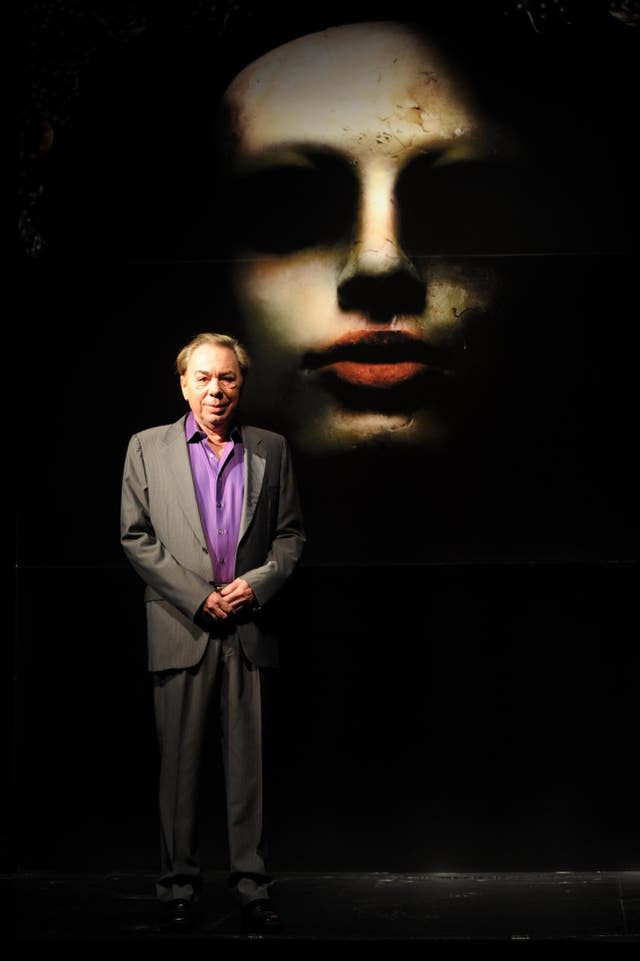Phantom of Belgravia: Lloyd Webber says he called priest to remove poltergeist
Andrew Lloyd Webber has said he once called on a priest to help remove a poltergeist from his London home.
The acclaimed composer, whose hit musicals include The Phantom Of The Opera, believed the spirit had taken up residence in a 19th-century property he owned in Belgravia.
In an interview with The Telegraph, Lord Lloyd-Webber claimed the poltergeist would take theatre scripts and place them in neat piles in odds places.

Discussing whether any of his theatres were haunted, Lloyd Webber told the newspaper he had never seen a ghost but had witnessed some unusual activity in the central London home.
The 75-year-old said: “I did have a house in Eaton Square which had a poltergeist.
“It would do things like take theatre scripts and put them in a neat pile in some obscure room.
“In the end we had to get a priest to come and bless it, and it left.”
A poltergeist is described as a spirit or force which is supposed to manifest its presence by making noise or moving objects around in a house.
The theatre impresario created the music for The Phantom of the Opera, which first opened on the West End in 1986.

However, the phantom in the production and the source novel by Gaston Leroux refers to a disfigured musical genius who haunts the Paris Opera House.
Lloyd Webber has also composed the scores for a number of other celebrated musicals including Cats, Jesus Christ Superstar and Joseph And The Amazing Technicolor Dreamcoat.
Actor Sir Patrick Stewart has also reportedly claimed he saw a figure on stage at the Haymarket Theatre in London while he was performing with Sir Ian McKellen during their 2009 production of Waiting for Godot.
He said: “(The spectre) was wearing a belted Norfolk jacket.
“I think he had a shirt – a rather old-fashioned check shirt with a tie underneath.”


